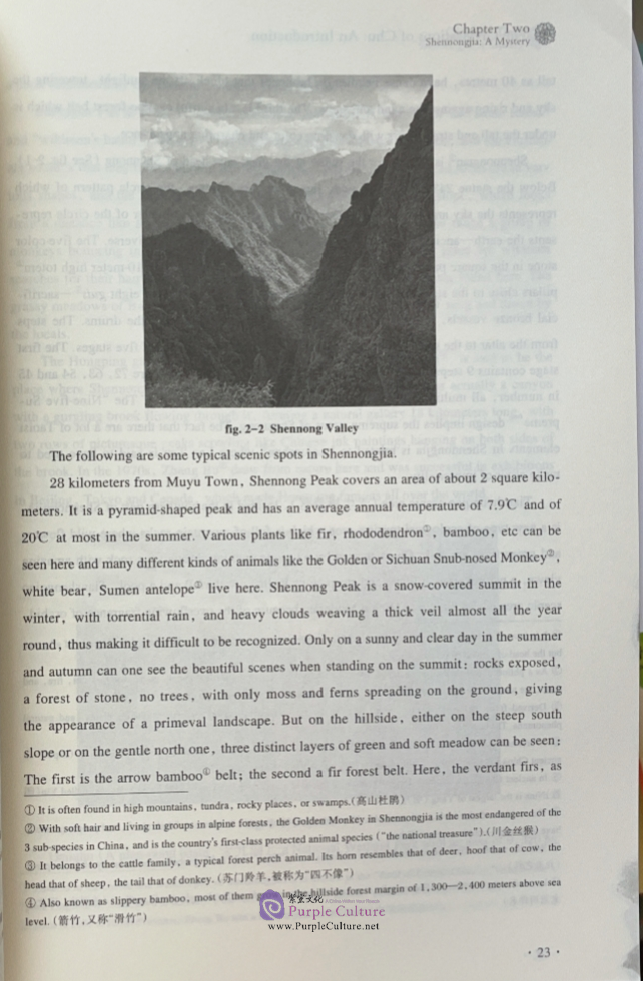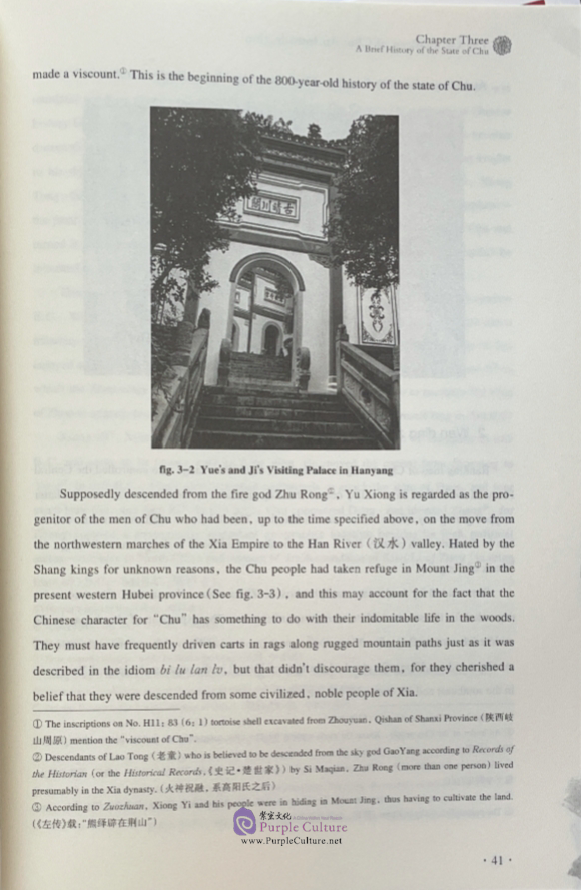Sample Pages Preview


Many readers find it hard to make a good understanding of Tao Te Ching, The Book of Zhuang Zi and Chuci.
As is clear to many people, Chinese culture, in its course of evolution, saw the rise and fall of many regional cultures, and among these is the culture of the state of Chu. Since the early men of Chu lived in a mountain named Jing in the midstream of the Han River, “Chu” is often mentioned together with“Jing”, thus Jing-Chu or Chu-Jing. The Civilizations of Chu: An Introduction is meant to provide the reader with a brief account of the cultural achievements made by people who lived in what was the territories of the state of Chu by, firstly, citing the core sections in the classics thereof, secondly, presenting the latest research findings of experts in corresponding fields, and, thirdly, advancing our views on some of the topics discussed.
Developed mainly by the men of Chu who came to inhabit more than half of the present 31 provinces, autonomous regions, and municipalities directly under the Central Government (Hubei, Henan, Hunan, Anhui, Jiangsu, Shaanxi, Zhejiang, Shanghai, Jiangxi, Shandong, Guangdong, Guangxi, Yunnan, Chongqing, Guizhou and so on), Chu culture takes on several features.
Comprehensiveness: In literature Ch’u Tz’u (Chuci), together with The Book of Songs, serves as the dual ancestry of poetry in China; in philosophy Tao Te Ching is probably the most famous book of philosophy in the East; in art, the music produced by playing the chime bells, the drawings on Chu-style lacquer ware, pieces of embroidery on silk products, sculptures like root carvings, and Chu-style architecture have captured public fancy; in science, bronze casting and astronomy are well-known. Chu culture had reached such a high degree of sophistication that it is by no means whatsoever inferior to the civilizations of ancient Greece and Rome.
Profundity in Thought: Rich in abstract thinking, the poems of Qu Yuan and the writings of Zhuang Zi are time-honored classics, and Lao-tzu’s book has been acclaimed the second most translated book in the whole world. Obviously the“barbarous” men of Chu had caught up with the civilized northerners in language art and in philosophical ideas. Since the dynasties of Shang and Zhou are considered to be the classical age in Chinese history, the people of Chu certainly made a big share of contribution to the formation of Chinese culture as a whole. As a result, the cultural achievements in Chu determined the cultural orientation in the early Han dynasty, which is reflected in the Historial Records by Sima Qian.
Romanticism: Powerful feelings are expressed and heavy reliance on the imagination is manifest in Lisao—the poet traveling in the celestial realm with supernatural beings—and in the creation of fengs (phoenixes); idealization of nature, and reliance on subjectivity are to be found in the writings of Zhuang Zi; fascination for the remote, the supernatural, and the unusual can lead to a sense of wonder; individualism is exemplified in the lifestyle of Zhuang Zi , Qu Yuan, and others.
Openness: In the course of expansion, the men of Chu incorporated other cultures in their own. Having been civilized (their connection with the Xia dynasty), they moved southwards and, surrounded by the barbarous, they chose to live at first in the woods, but different ideas were assimilated into their culture; rooted deeply in Taoism which was mixed with shamanism, Chu culture is eclectic in that the Chu people began to embrace Confucianism, the ideology of the hostile northerners, in the late seventh century B.C.
The list could go on.
Great civilizations such as those of Chu deserve the study of generations of people. It is our sincere hope that this book can be of some help to readers of Chinese classics both at home and abroad.
Peng Jiahai
Jan 23,2020

